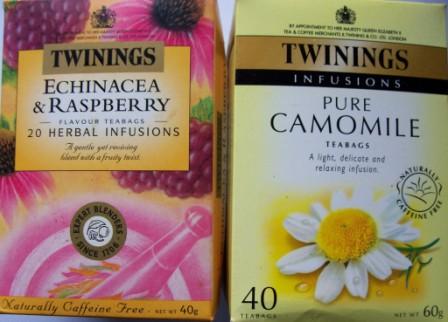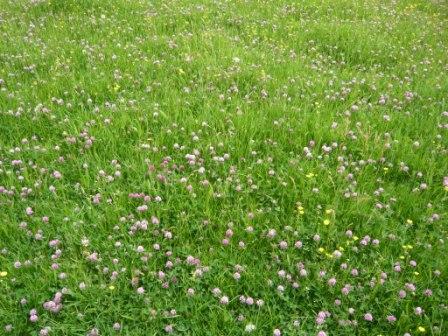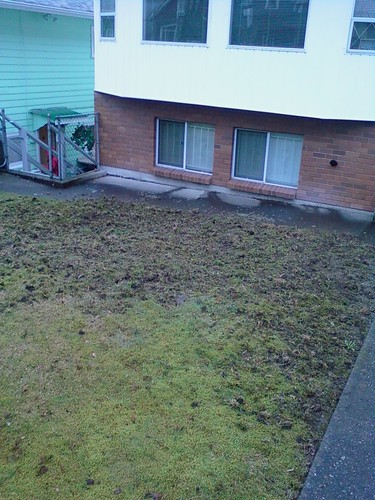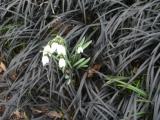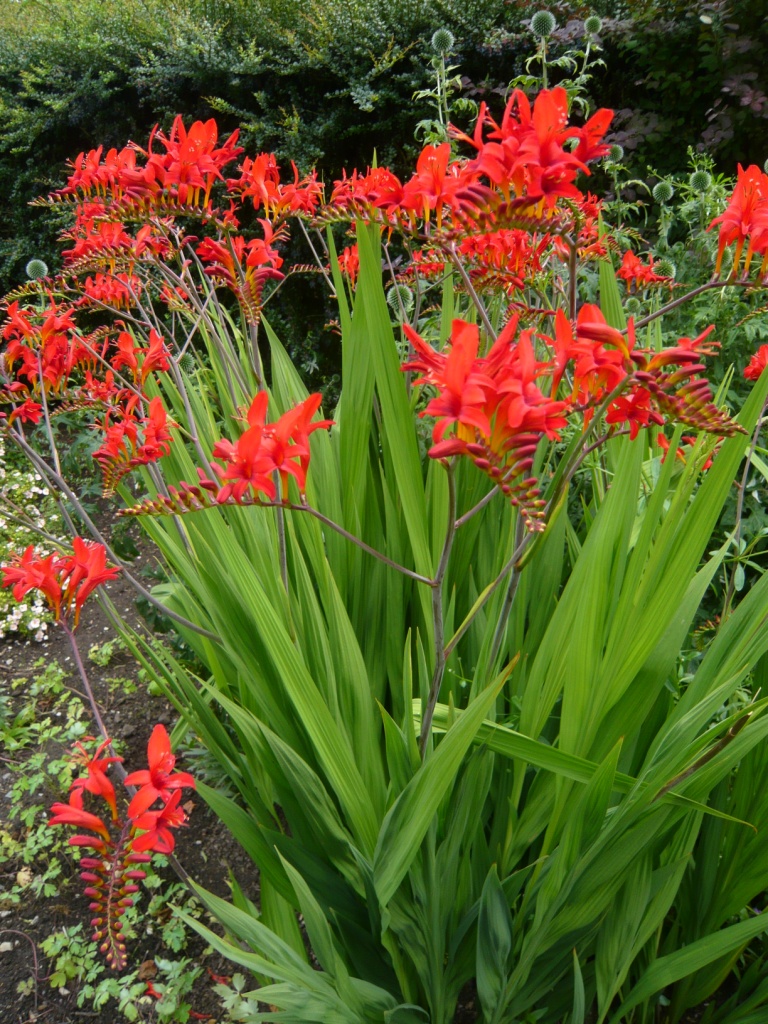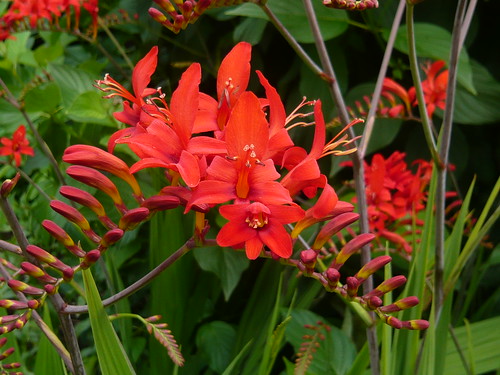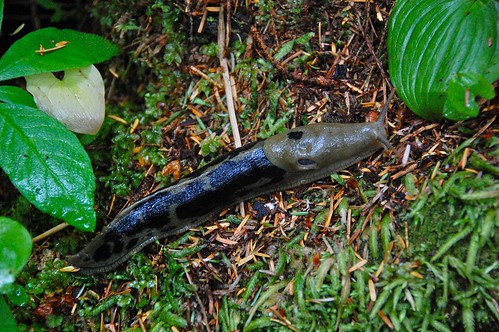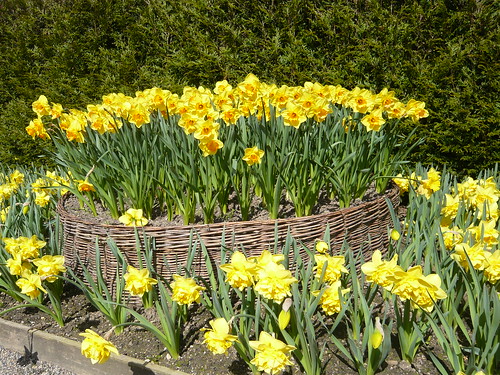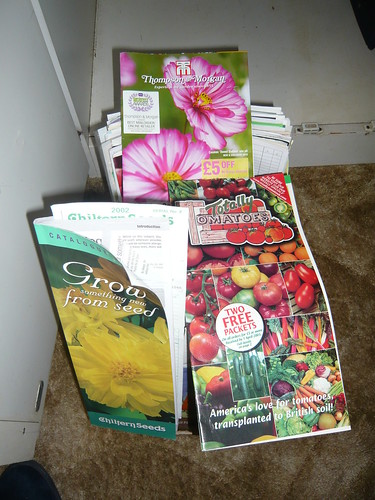Organic Methods for Dealing with Greenfly
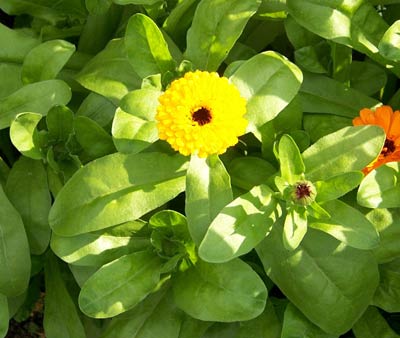
1. Encourage Ladybirds.
You can encourage ladybirds by providing suitable places for them to hibernated. You can buy ladybird boxes from specialist retailers.
2. Encourage Hoverflies.
Hoverflies are voracious eaters of greenflies. You will hopefully attract hoverfly without any effort. But, you can increase the hoverfly population by providing boxes to overwinter them. Geoff Hamilton used to encourage hoverfly and used to even harden off the hoverfly boxes like you would young saplings. It is also said that having a bunch of nettles encourages hoverfly because nettles provide an early season supply of aphids which encourage hoverfly populations for later greenfly infestations.
You can also encourage hoverfly through companion planting. E.g. Marigolds are said to attract hoverfly.
3. Hose off Aphids
…
